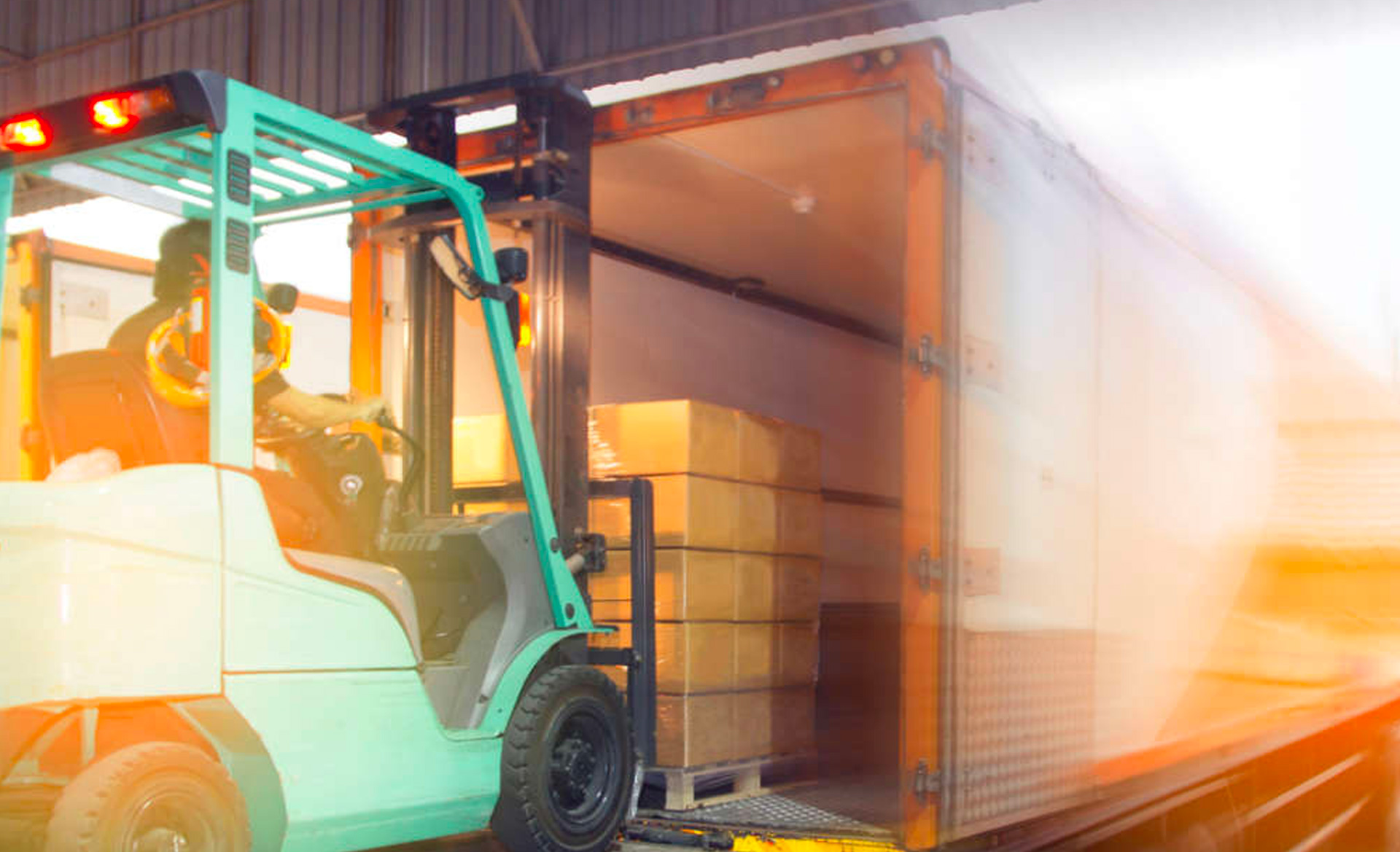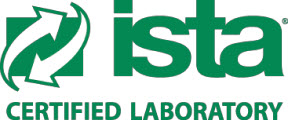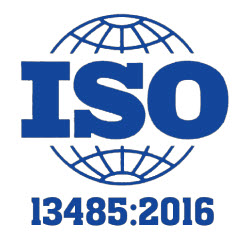Many start-ups are unfamiliar with the concept of dunnage when they first start looking into medical package testing and validation. But dunnage can provide many benefits for manufacturers looking to reduce the number of products they need to provide for stability, package validation, and distribution simulation testing.
What is dunnage? Dunnage is traditionally defined as “loose wood, matting, or similar material used to keep a cargo in position in a ship’s hold.” In the medical device manufacturing world, however, it’s come to serve as the umbrella term for any dummy samples used in medical package testing and validation.
Rather than using existing manufactured samples of a product, organizations can opt to use dunnage – or dummy samples – in testing protocols, provided they match the size, weight, and mass of the actual product.
Life Science Outsourcing has helped many clients utilize dunnage to reduce medical package testing costs. When it’s prohibitively costly or complex to manufacturer the necessary number of samples to satisfy validation requirements, testing dunnage is a viable alternative that can satisfy ISO 11607 requirements as part of a 510(k) submission to the U.S. Food & Drug Administration.
3 types of dunnage to consider
There are a few different approaches to using dunnage as medical package testing samples that manufacturers should consider. In considering each of these types of dunnage, it’s important to note that the dunnage must not differ from the actual products in any way that would impact testing results.
Here are three potential ways manufacturers can utilize dunnage in testing.
- Use rejected products – most manufacturing processes result in some rejects. These rejected products can be swapped in for the accepted products, again, if they are the same size, weight, etc.
- Manufacture cheaper samples – in some instances, an actual product sample may be expensive enough to warrant a separate process for generating dunnage samples that are less expensive to build. From streamlined products to sanding and shaping blocks of wood, creating products specific for medical package testing is a viable option in many cases.
- Buy off-the-shelf products – in other cases, there are existing medical devices that can be purchased at a cheaper cost than manufacturing additional samples. Sometimes, a product totally outside the world of medical devices can be used to simulate the product.
Provide dunnage details in the submission
Regulators expect to see dunnage used in some submissions. But to ensure no hiccups or unexpected issues with the submission, it’s essential for manufacturers to provide some details and rationale for why the dunnage was used – and why it’s an acceptable substitute for the real thing. Providing the product specifications (size, weight, etc.) and how they compare to the dunnage is important to include, along with addressing any other issues that regulators could raise.
A medical device packaging partner can ensure the right use of dunnage
For device manufacturers first exploring the use of dunnage in place of actual products in medical package testing samples, working with a proven partner can help streamline the process and ensure all regulatory requirements are met. The team at Life Science Outsourcing has worked with all types of dunnage outlined above and can help manufacturers identify potential sources for replacement parts that can ultimately reduce the costs associated with testing – without derailing the regulatory approval process.
To learn more about our Medical Package Testing services, be sure to visit our FAQ page or contact a member of our team today.







